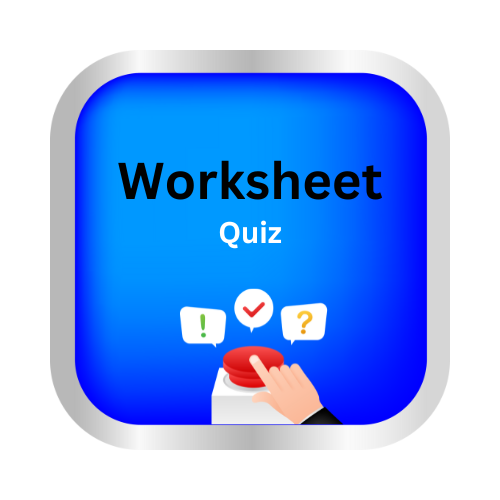Air Exerts Pressure
Key Notes :
1. What is Air Pressure?
- Air pressure is the force exerted by the weight of air molecules on a surface.
- It is caused by the continuous movement and collisions of air particles against surfaces.
2. How Air Exerts Pressure
- Air particles are constantly in motion, and when they collide with objects, they exert force.
- The pressure is the result of the number and speed of these collisions.
3. Factors Affecting Air Pressure
- Altitude: The higher you go (at higher altitudes), the air pressure decreases because there are fewer air molecules above.
- Temperature: Hot air rises, which lowers the air pressure. Cooler air is denser and increases air pressure.
- Humidity: More moisture in the air (higher humidity) results in lower air pressure because water vapor is lighter than dry air.
4. Measuring Air Pressure
- Air pressure is measured using a barometer.
- Mercury barometer: Measures the height of mercury in a tube.
- Aneroid barometer: Measures pressure using a metal chamber that expands or contracts with changes in air pressure.
5. Effects of Air Pressure
- Weather: Air pressure influences weather patterns. High pressure is associated with clear skies, and low pressure can lead to storms or rain.
- Breathing: Air pressure decreases at higher altitudes, making it harder to breathe, as there is less oxygen in the air.
6. Demonstrating Air Pressure
- Vacuum-Sealed Container: When air is removed from a container, it demonstrates how air pressure pushes on the outside of objects, as nothing inside can resist the external air pressure.
- Can Crush Experiment: Heating a can, then quickly cooling it in water, causes air pressure outside the can to crush it, showing the effect of atmospheric pressure.
7. Everyday Examples of Air Pressure
- Lung Function: Breathing involves changes in air pressure in the lungs.
- Balloon Inflation: The air inside a balloon pushes outwards, exerting pressure on the balloon’s surface.
- Weather Systems: Air pressure differences lead to wind, which is caused by air moving from high-pressure areas to low-pressure areas.
Let’s practice!

